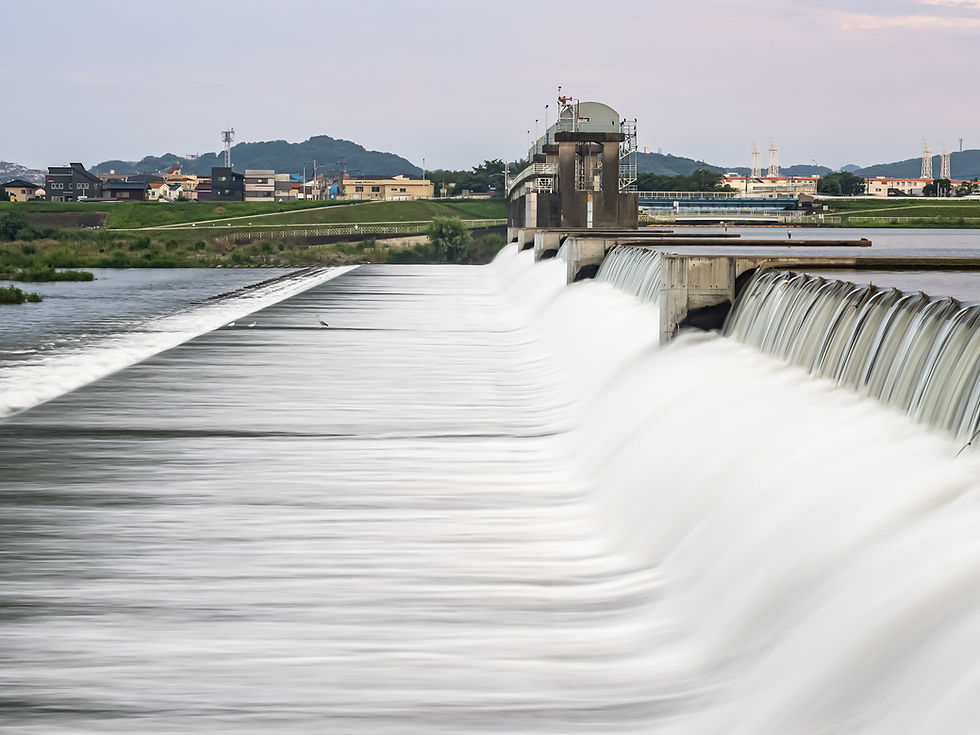Predicting the remaining useful life of Battery using Machine Learning
- Mayank Chadha, Ph.D.

- Jul 25, 2023
- 1 min read
Keyword: Battery, Remaining Useful Life, Prognosis, Bayesian Neural Network, Bayesian Inference, Physics-Based Machine Learning
In order to predict the remaining useful life (RUL) of lithium-ion batteries, a capacity degradation model may be developed using either simplified physical laws or machine learning-based methods. It is observed that even though degradation models based on simplified physical laws are easy to implement, they may result in large error in the application of failure prognostics. While data-driven prognostics models can provide more accurate degradation forecasting, they may require a large volume of training data and may invoke predictions inconsistent with physical laws. It is also very challenging for existing methods to predict the RUL at the early stages of battery life. In this paper, we propose a Bayesian physics-constrained neural network for battery RUL prediction by overcoming limitations of the current methods. In the proposed method, a neural differential operator is learned from the first 100 cycles of data. The neural differential operator is modeled with a Bayesian neural network architecture that separates the fixed history dependence from the time dependence to isolate epistemic uncertainty quantification. Using the battery dataset presented in the paper by Severson et al. as an example, we compare our proposed method with a simplified physics-based degradation forecasting model and two data-driven prognostics models. The results show that the proposed physics-constrained neural network can provide more accurate RUL estimation than the other methods with the same group of training data. Most importantly, the proposed method allows for RUL prediction at earlier stages of the battery life cycle.



Comments